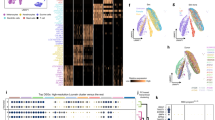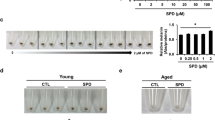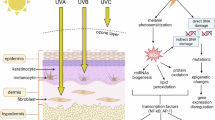Abstract
The epidermal depigmentary trigger in humans at post-natal level may occur with the toxification of skin organ with the endogenously produced melanocytotoxic hydrogen peroxide and subsequent formation of hydrogen peroxide- melanolipoprotein conjugate involving the hydrogen bonding of complementary hydroxyl and carbonyl molecular surfaces of these biosignitures respectively. The condition is multifactorial but reversible. The structural and functional degeneration of melanocytes under the acquired condition never occur. The molecular conjugation theory on the aetiology and line of treatment of the epidermal depigmentary disorder (recoined as hepato-epidermal syndrome HES) has been proposed. The inherent sulfoxides of Allium cepa have been found as the renaturant of HES condition with the capacity to dislodge the denaturant hydrogen peroxide forming stronger hydrogen bonding with hydrogen peroxide than that of carbonyl molecular surface of melanolipoprotein, the epidermal colour determinant. The orally and topically defined plant based combined therapy advances the recovery time of HES condition.
Similar content being viewed by others
Article PDF
Author information
Authors and Affiliations
Rights and permissions
About this article
Cite this article
Sawhney, S. Aetiology and treatment of epidermal depigmentory disorder in humans. Nat Prec (2012). https://doi.org/10.1038/npre.2012.7025.1
Received:
Accepted:
Published:
DOI: https://doi.org/10.1038/npre.2012.7025.1



